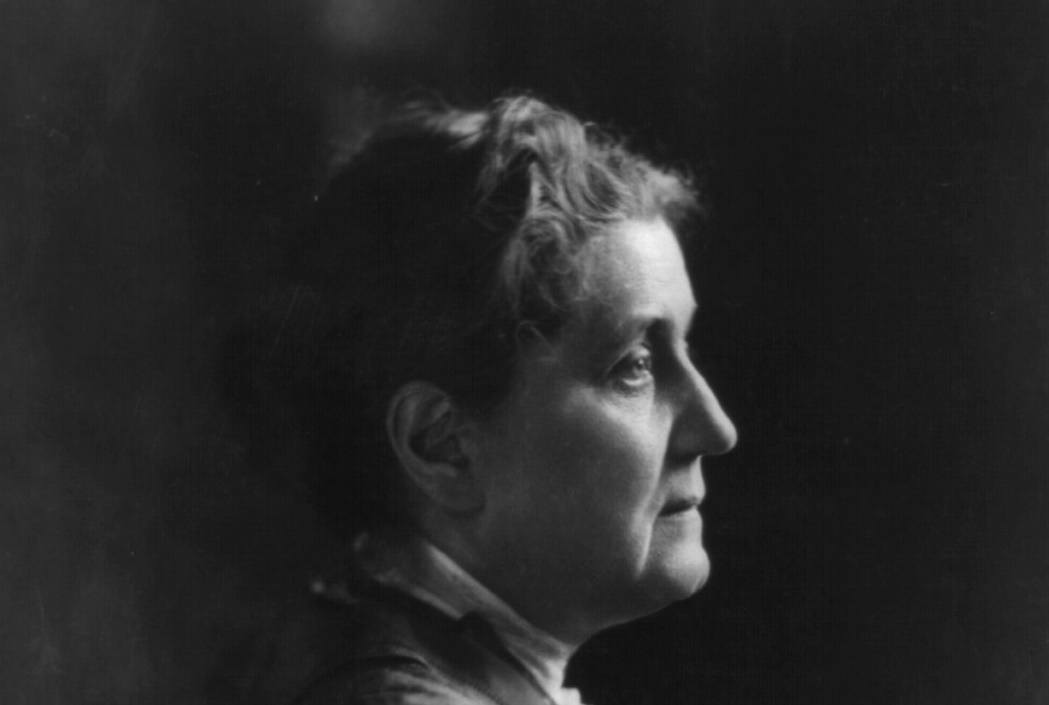It’s been 80 years since the death of pioneering Progressive Jane Addams, whose name is indelibly associated with phrases like “Hull House” and “ACLU.” But was Addams, who built her career and reputation on issues of equality, social justice, and community uplift, a social worker, by today’s standards? Donald Breiland explores in a piece that delves into the definitions of social work today and yesterday.
Addams co-founded Hull House with fellow reformer Ellen Gates Starr in 1889. They chose a hardscrabble Chicago neighborhood for their settlement house, which aimed to bring healthcare, basic social services, and educational opportunities to a large immigrant population. In Twenty Years at Hull-House, Addams describes her desire for an “active, emotional life” and her attempts to provide “a center for higher civic and social life” to Chicago’s poorest.
When Breiland applied modern standards of social work to Hull House, he found Addams to be a forerunner of modern caseworkers. By living among her constituents, Addams was able to forge meaningful connections with them. Like modern social workers, she gathered data about the local community, conducting investigations into truancy, infant mortality and more.
Breiland identifies direct service, urban education and recreation, and social reform as Hull House’s primary focuses. He explores ways in which Hull House was able to achieve results difficult for modern social workers to obtain. For example, Hull House was involved in the formation of four labor unions, a juvenile court system, and services that spanned everything from midwifery to basic bathing facilities to theater programs and citizenship classes. Though the settlement house was disbanded in the 1960s, its work still resonates in modern community centers and social services.
Though Breiland concedes that Addams herself did not consider herself to be a social worker (she even declined to join the faculty of the University of Chicago’s newly-founded social work program) and that her model is outdated, he ultimately finds her groundbreaking work deeply identified with that of modern social work. “Perhaps Jane Addams, at an earlier time and in a simpler context,” he writes, “embodied the true social worker better than the inheritors of the helping process.”







